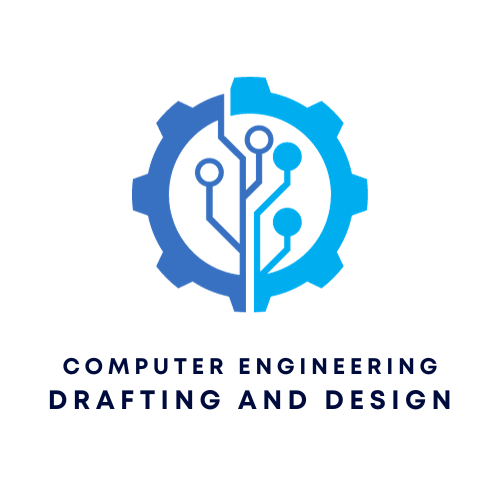1. Schematic Diagrams
- Definition: A schematic diagram is a graphical representation of an electronic circuit. It uses symbols to represent various electronic components and shows how they are connected.
2. Common Symbols in Schematic Diagrams
- Resistor: Represented by a zigzag line. Resistor components restrict the flow of current in a circuit.
- Capacitor: Depicted as two parallel lines. Capacitors store and release electrical energy.
- Diode: Shown as a triangle pointing to a line. Diodes allow current to flow in one direction only.
- Grounded Connection: A line with three horizontal lines beneath it, decreasing in size. It represents a connection to the ground or earth.
- NPN Transistor: A triangle with a line and an arrow on one side. Transistors amplify or switch electronic signals.
- AND Gate: Represented by a D-shaped symbol. It’s a digital logic gate that outputs true only when all its inputs are true.
- OR Gate: A D-shape with a curved input side. It outputs true when at least one of its inputs is true.
- Battery: Shown as a series of short and long parallel lines. Batteries store and provide electrical energy.
- Operational Amplifier (Op-Amp): A triangle with three connections. Op-Amps amplify voltage.
- NOT Gate (Inverter): A triangle pointing to a circle. It inverts its input signal.
- LED (Light Emitting Diode): A diode symbol with two arrows pointing away, representing light emission.
- Inductor: Depicted as a series of loops or coils. Inductors store energy as a magnetic field when current flows through them.
- Fuse: Represented by a straight line with a circle in the middle. Fuses protect circuits by breaking the current flow when excessive current passes through.
- Switch: A straight line intersected by another line at an angle. Switches control the flow of current.
- Integrated Circuit (IC): A rectangle with multiple connection lines. ICs contain multiple electronic components in a single package.
- Crystal Oscillator: Two parallel lines with a wavy line above. They generate an oscillation of precise frequency.
- Antenna: A straight line with three smaller lines perpendicular to it. Antennas transmit or receive electromagnetic waves.
- Relay Coil: A rectangle with a zigzag line inside. Relays are electrically operated switches.
- Transformer: Two sets of coils with lines connecting them. Transformers change the voltage level of AC signals.
3. Overview
Understanding the symbols used in schematic diagrams is essential for anyone involved in electronics, whether they’re designing circuits, troubleshooting, or simply learning about electronics. Each symbol provides a shorthand representation of an electronic component, allowing for a cleaner and clearer representation of complex circuits. Familiarity with these symbols can greatly enhance one’s efficiency and comprehension when working with electronic schematics.

